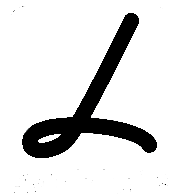EN50365
Insulating helmets for use on low voltage installations
Where helmets are intended to be used in environments where there is the potential for contact with high voltage electrical potential (up to 1 000 Vac or 1 500 Vdc), helmets need to be tested for electrical insulation using EN 50365. This standard exceeds the requirements of the optional electrical resistance tests in EN 397 & EN 812 and the electrical requirements of EN 443. The method of test however is quite similar to the ‘wet helmet’ test in those standards – the helmet shell is filled with water then floated in a tank of water. Electrodes are placed in the water on the inside and outside of the shell, and a potential of 5 000 V (proof test) or 10 000 V (withstand test) applied between the two. In the withstand test, the current passing through the helmet cannot exceed 3.5 mA in order for the helmet to be acceptable, and in the withstand test, the helmet merely has to survive the application of the potential (i.e. not suffer puncturing or material breakdown). Prior to the test, helmets are subject to mechanical abrasion (sanding) and submerged in water for 24 hours, to remove any protective layers which may be worn in use. Helmets complying with this standard are allowed to include ventilation holes, provided they still provide protection against contact with the underlying headform by an IP3X probe. Any ventilation holes in the helmet are filled with electrician’s putty or adhesive to prevent water penetration during testing.





